FOODS ALIVE Copyright 2014 Smriti Kirubanandan . All rights reserved. ISBN 978-1-4828-3402-4 (sc) 978-1-4828-3403-1 (e) All rights reserved. No part of this book may be used or reproduced by any means, graphic, electronic, or mechanical, including photocopying, recording, taping or by any information storage retrieval system without the written permission of the publisher except in the case of brief quotations embodied in critical articles and reviews. Because of the dynamic nature of the Internet, any web addresses or links contained in this book may have changed since publication and may no longer be valid. www.partridgepublishing.com/india 10/27/2014  TABLE OF CONTENTS RAW FOOD LIST
TABLE OF CONTENTS RAW FOOD LIST  The list of foods you can eat on this lifestyle. www.partridgepublishing.com/india 10/27/2014
The list of foods you can eat on this lifestyle. www.partridgepublishing.com/india 10/27/2014  TABLE OF CONTENTS RAW FOOD LIST
TABLE OF CONTENTS RAW FOOD LIST  The list of foods you can eat on this lifestyle.
The list of foods you can eat on this lifestyle.
FRUITS Apples Bananas Grapes Cherries Peaches Papayas Pears Lemons Figs Dates Mangos Jackfruit Pineapples Oranges Tangerines Durians Cranberries Tomatoes Avocados Blueberries Strawberries Blackberries Raspberries VEGETABLES Spinach Kale Beets Chard Aloevera Radish Neem Cilantro Cucumber Cauliflower Parsley Broccoli Eggplant Zucchini Onion Garlic Celery Ginger Turmeric root Kelp Seaweed Asparagus Napa cabbage Carrot Bok choy Corn Bell pepper Red pepper NUTS & SEEDS All nuts and seeds are to be used after soaking and sprouting Brazil nuts Hazel nuts Pine nuts Wild jungle peanuts Cashews Almonds Walnuts Pecans Macadamia nuts Sunflower seeds Pumpkin seeds Hemp seeds Flax seeds Sesame seeds Chia seeds GRAINS All grains are to be used after soaking and sprouting. Oat groats Buckwheat Garbanzo beans Wild rice Brown rice Quinoa Mung beans OILS Buy oils that are organic and cold pressed. Coconut oil Hemp oil Flaxseed oil Grapeseed oil Avocado oil Walnut oil Almond oil Olive oil SWEETENERS Dates Coconut palm sugar Raw honey Raw agave nectar DRINKS These are liquids other than water and raw vegan milk that are recommended to be consumed. Fresh coconut water Freshly squeezed fruit and vegetable juices Kombucha Kefir SUPERFOOD RAW POWDERS These can be added to your smoothie for
an extra boost and to increase immunity.
Make sure you know the source
and that they are all raw and organic. Chlorophyll Spirulina Turmeric powder Acai powder Camu camu powder Cacao powder Maca powder Yaco n powder SOAKING AND SPROUTING Nature has set it up so that the nut, grain and seed may survive until proper growing conditions are present. Natures defense mechanism includes nutritional inhibitors and toxic substances that can be removed naturally when there is enough precipitation to sustain a new plant after the nut, grain or seed germinates.
When it rains the nut, grain or seed gets wet and can then germinate to produce a plant. So we are mimicking nature when we soak our nuts, grains and seeds. SOAKING & SPROUTING TIME CHART
| NUTS | SOAKING TIME | SPROUTING TIME |
| Almonds | 8-12 hours | 12 hours |
| Cashews | 6-8 hours | 8 hours |
| Brazil Nuts | 2-4 hours | N/A |
| Pine nuts | 2 hours | N/A |
| Pecans | 8 hours | hours |
| Walnuts | 8 hours | 8 hours |
| Macadamia | 2-4 hours | N/A |
| Hazelnuts | 8-12 hours | N/A |
| Buckwheat | 6 hours | 2 days |
| Pistachios | 4 hours | N/A |
| Oat groats | hours | 2 days |
| Sunflower seeds | 2-4 hours | 1-2 days |
| Sesame seeds | hours | 1-2 days |
| Flaxseeds | 8 hours | N/A |
| Chia seeds | 2 hours | N/A |
| Hemp seeds | N/A | N/A |
| Pumpkin seeds | 8 hours | 1-2 days |
| Mung beans | 1 day | 2-5 days |
| Chickpeas | 12 hours | 12 hours |
| Kamut | 9 hours | 2-3 days |
| Barley | 6-8 hours | 2 days |
| Wild Rice | 9 hours | 3-5 days |
| Quinoa | 2 hours | 1 day |
| Lentils | 8 hours | hours |

MY STORY A s a child growing up in India, many of my most salient memories involve frequent hospital visits, writhing pain from cramps, and missing school for days on end due to illness. While I didnt suffer from any one major ailmentsuch as cancer, diabetes, or a physical disabilitymy pain was chronic, diagnosed but uncured, and had many causes. Throwing up in the middle of the night due to stomach pain and nausea was routine. Adverse reactions to harsh prescription medications were common.
Early morning visits to the ER were ordinary. And once I became a teenager, the start of my menstrual period signaled that Id spend days confined to my bed. Throughout my childhood, I attended Indias notoriously demanding and strict schoolsunless youre on your deathbed, youd better be in your seat at the start of class. Every month, before the onset of my period, Id ramp up my studies because I knew that once my cycle was in full swing, I wouldnt be able to attend school and focus on my intense course load. Looking back, Im amazed how I managed to do well enough in high school to attend a competitive university. It wasnt until my junior year at Carnegie Mellon University (CMU) in Pittsburg, Pennsylvaniaa world away from my homelandthat I began to understand the food and well-being link.
Like many traditional Indian families, all meals in my house were prepared for my older sister and me, which meant that when Shivani and I became adults, we knew how to perform in the classroom but not at all in the kitchen. The food of my family often focused on rice, cooked veggies, and curries. I wouldnt characterize what we ate as unhealthy, especially in comparison to anything ordered from a fast-food chain. At the same time, meals certainly didnt focus on enzyme viability and nutritional density. While earning my undergrad degree at CMU, thousands of miles away from my familys kitchen, I had to learn to cook on my own. My first meals were simple carb-based concoctions involving bread, rice, pasta, granola, and whatever easy-to-prepare grain that would let me quickly plunge back into the endless coursework of a rigorous engineering program.
I also remember many meals that were wrapped in shiny plastic containing candy bar-shaped blocks of chocolate-flavored protein. While cooking wasnt my strength, I did realize the importance of fueling my active body, which, when not in the classroom, was outdoors running, biking, and hiking. My graduation year was one of tragedy and triumph. At twenty years old, I had earned my computer science degree from a top university and joined the well-educated ranks of my other family members who were doctors, scientists, engineers, and professors. But any celebration was cut short the moment I received the bad news: While visiting Los Angeles for a weekend, my sister died. Shivani was only a year older than I, but at age twenty-one, she was my mentor and close friend.
Next page
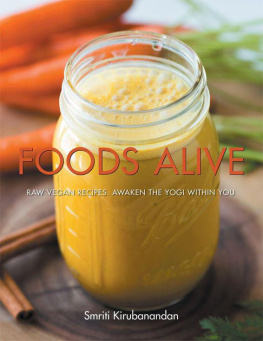

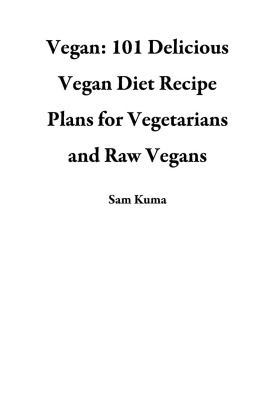
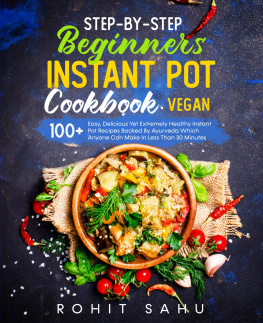
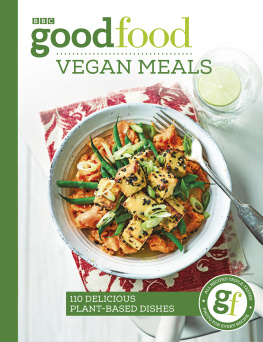
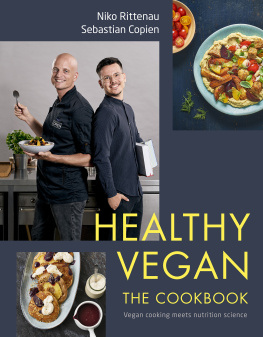
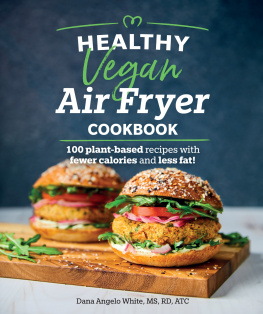
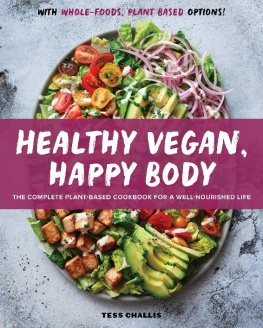
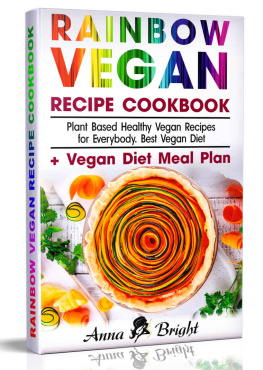
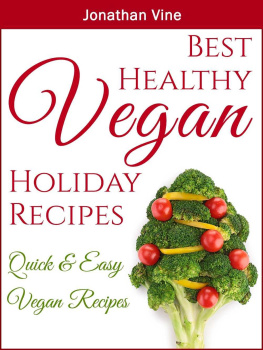
 TABLE OF CONTENTS RAW FOOD LIST
TABLE OF CONTENTS RAW FOOD LIST  The list of foods you can eat on this lifestyle. www.partridgepublishing.com/india 10/27/2014
The list of foods you can eat on this lifestyle. www.partridgepublishing.com/india 10/27/2014  MY STORY A s a child growing up in India, many of my most salient memories involve frequent hospital visits, writhing pain from cramps, and missing school for days on end due to illness. While I didnt suffer from any one major ailmentsuch as cancer, diabetes, or a physical disabilitymy pain was chronic, diagnosed but uncured, and had many causes. Throwing up in the middle of the night due to stomach pain and nausea was routine. Adverse reactions to harsh prescription medications were common.
MY STORY A s a child growing up in India, many of my most salient memories involve frequent hospital visits, writhing pain from cramps, and missing school for days on end due to illness. While I didnt suffer from any one major ailmentsuch as cancer, diabetes, or a physical disabilitymy pain was chronic, diagnosed but uncured, and had many causes. Throwing up in the middle of the night due to stomach pain and nausea was routine. Adverse reactions to harsh prescription medications were common.